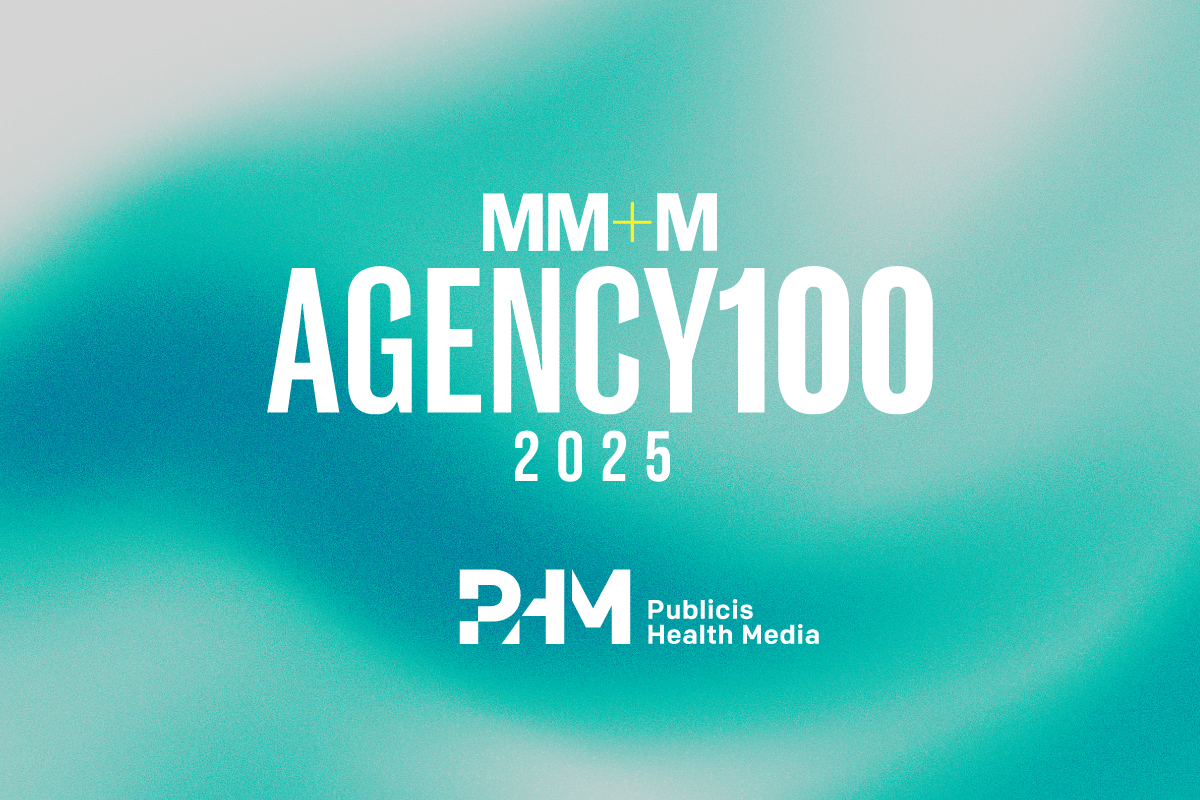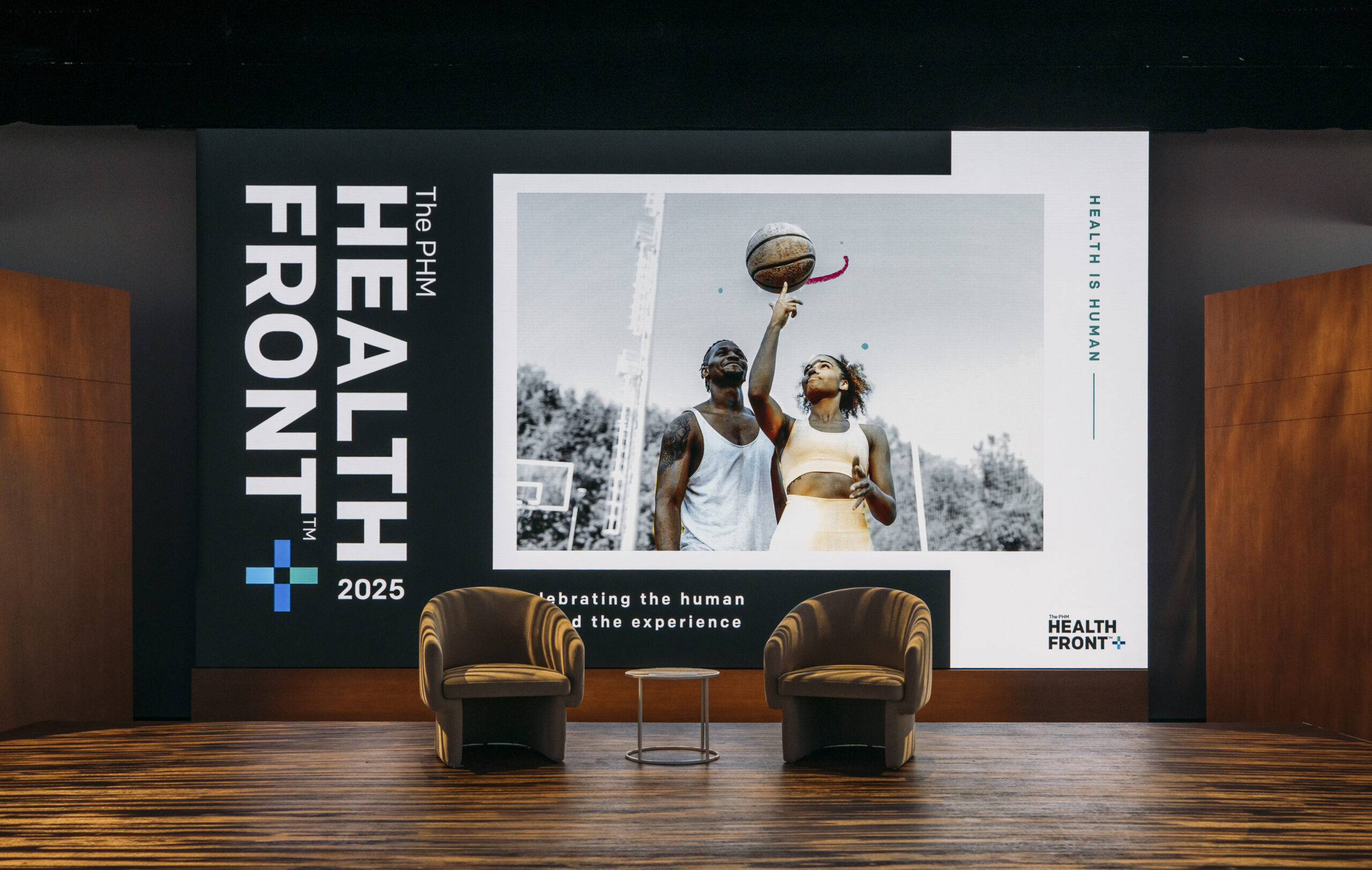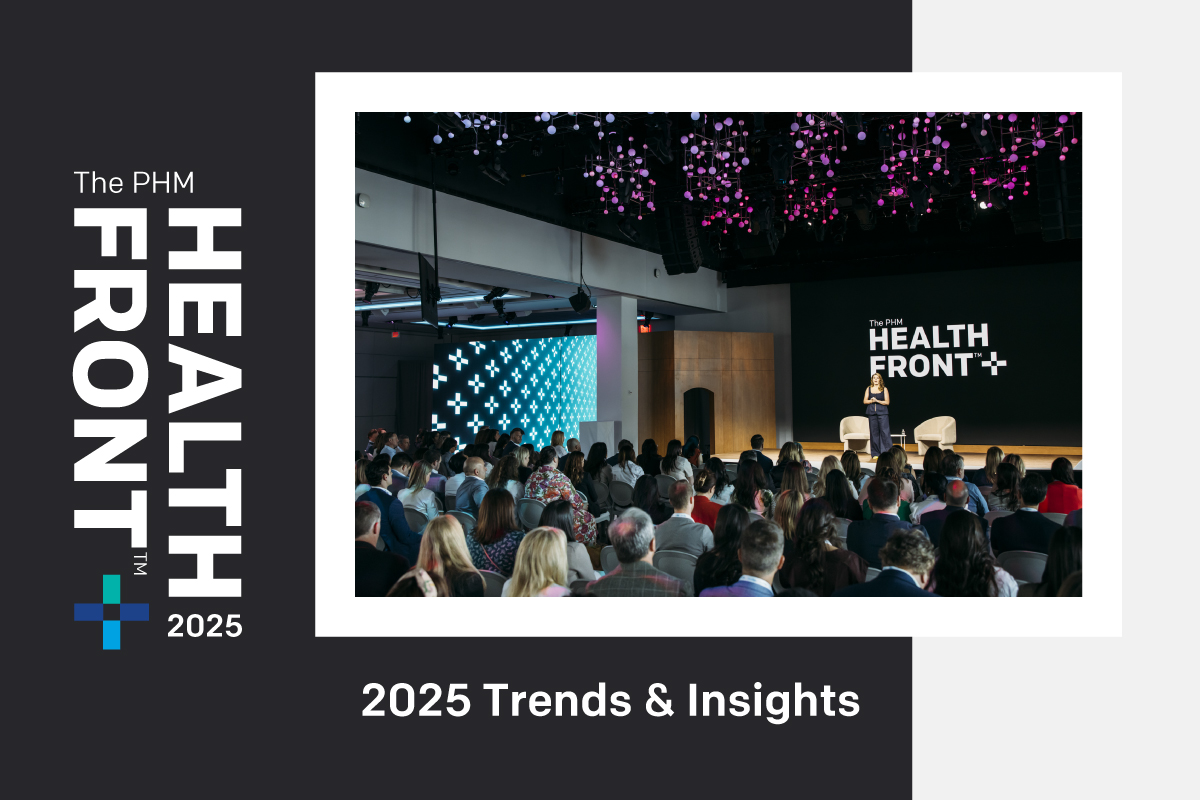Subscribe to the PHM Blog

March 04, 2024 | Posted by: Sarah Fish
Insights
Change Agent: Bridging the Gap for Women in Health
At PHM, embracing change and innovation in our day-to-day work is part of our DNA. Enter the Change Agents—thought leaders who are experts in their respective fields, helping to guide PHM and our clients through an ever-changing industry and media landscape. This series aims to highlight these thought leaders and their unique point of view as it relates to health media.
This month’s Change Agent—Sarah Fish, Associate Director, Strategy on how we can fill in the gaps for a critical yet underrepresented audience.
For all its recent progress, the medical field has quite a way to go when it comes to ensuring equitable care for women. I’ve learned this firsthand, as I’ve had the privilege of working on a women’s health brand for the past two years. Studies show that women are 76% more likely than men to have visited a doctor within the past year and account for 80% of healthcare purchasing decisions—yet, they experience significant roadblocks when it comes to accessing care, largely due to three main factors:
Clinical Trial Participation
Despite the three decades since the FDA allowed women to participate as subjects, women are still underrepresented in clinical research today. A recent study found that females account for only 29-34% of early phase trials, primarily due to concerns around childbearing potential and fertility concerns. As a result, women may experience more side effects to drugs due to incorrect dosages or biological differences.
Research Funding
Further, diseases that primarily affect women are often underfunded. In looking at funding data from the US National Institutes of Health (NIH), “migraine, headaches, endometriosis and anxiety disorders, [which] disproportionately affect women, all attract much less funding compared to the burden they exert on the US population than do other conditions.” A study performed by Women’s Health Access Matters (WHAM), found that while women are 50% more likely to die than men in the year following a heart attack, only 4.5% of the NIH coronary artery disease budget went towards women-focused research. Additionally, 66% of Alzheimer’s patients in the US are women, but only 12% of the NIH Alzheimer’s budget went to women’s focused research.
Biased and Misguided Care
In addition to the lack of clinical trial participation and respective funding, gender bias also persists within healthcare. A survey conducted in early 2019 by TODAY found that one in five women felt their healthcare provider ignored or dismissed their symptoms. These perceptions are not unfounded. According to a study performed by Duke Health, “women who present with the same condition as male patients may not receive the same evidence-based care. In several key areas, such as cardiac care and pain management, women may get different treatment, leading to poorer outcomes.” Since women’s health has been studied less, physicians as a result are less knowledgeable, contributing to women receiving sub-optimal care. This is even more pervasive of an issue for women of color, with implicit biases and underrepresentation in studies also fueling this issue.
Our Role as Healthcare Marketers
As healthcare marketers, we have the privilege of connecting women with the necessary tools and resources they need to help drive their healthcare journey. To effectively reach female patients and caregivers, we need to deeply understand their unique healthcare journey and the specific barriers they face to receive care for their respective condition. This involves extensive analysis into the disease state, treatment landscape, perceptions of healthcare providers, competitive landscape, and access concerns. Further, we must use research tools to evaluate our target audience’s unique psychographics, demographics and media preferences. In aggregating this data, we can develop succinct patient profiles for our target audience, map out their patient journey, and identify inflection points where we can strategically reach them across their preferred media channels.
According to a study done by SeeHer and Ipsos, “when advertisements positively portray women, there is an increased likelihood of a positive impact on long-term Brand Relationship as well as short-term behavior change.” A cohesive creative messaging and content strategy can be powerful in tactfully reaching women in your target audience, ensuring we reach them at the right moments with the right messaging and authentically speaking to where they are in their healthcare journey. This may involve working with trusted women patient and healthcare provider influencers or finding opportunities to work with women-focused organizations or publishers.
While there’s no one-size-fits-all approach to successfully reach and message to women, by marrying a thoughtful media strategy with a content approach that’s rooted in insights, we can work to break down barriers and promote self-advocacy with this underserved audience.
Connect with Sarah on LinkedIn.
For the latest news and updates, follow PHM on Instagram, LinkedIn, Twitter and Facebook.
Questions? Thoughts? Ideas? Contact us.



